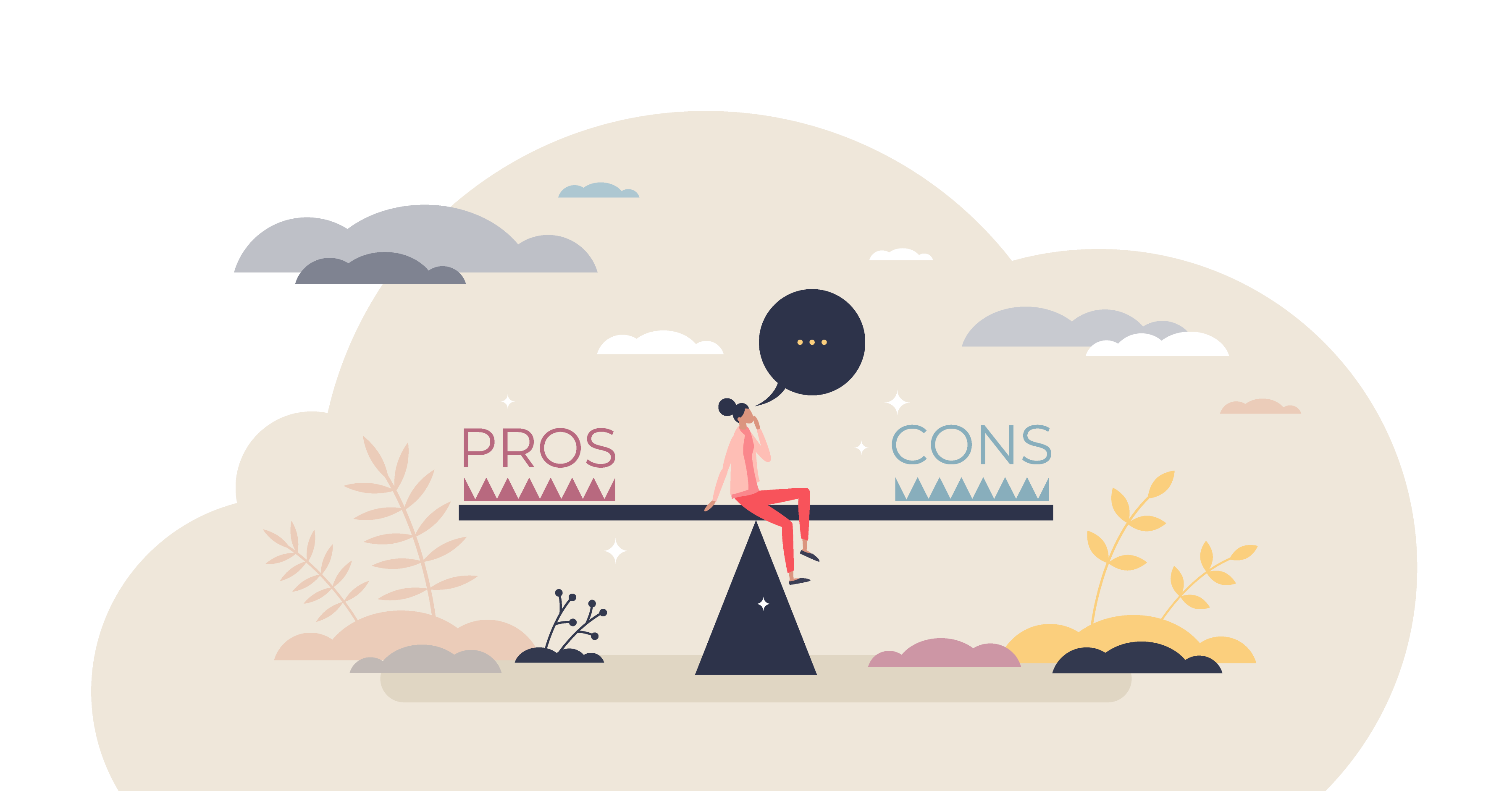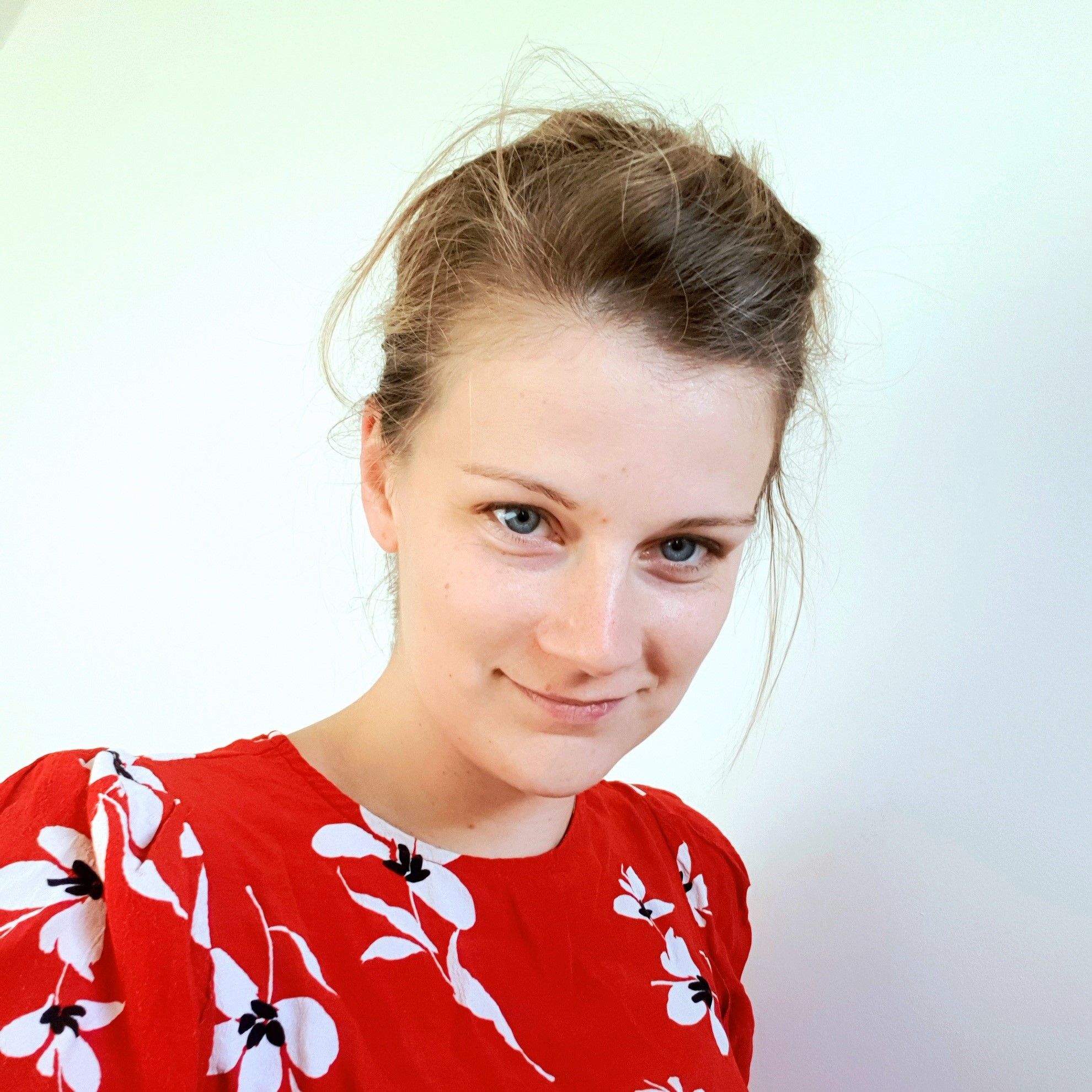Does Lattics Have What It Takes To Make It As a New Writing Software App?
Is Lattics worth exploring or is it just another software development company to jump on the note-taking bandwagon?

Is Lattics worth exploring or is it just another software development company to jump on the note-taking bandwagon?
Full disclosure: Before I start I should provide some context as to why I am writing this article. First off is that I was asked by the developers to review this app. I’m always happy to try out shiny new things and help aspiring people to achieve their goals. In return for a genuine and honest review, I was provided with a year’s Pro subscription to their app.
Right, now I’ve got that off my chest, lets get into the review.
Where I am at with my own note-taking and writing software for context
My major current PKM app setup, at least for my PhD, is Obsidian and Scrivener, with some Scrintal and Notion thrown in for certain use cases.
If you’re curious, take a sneaky peak at my Obsidian Vault.
It would take a lot for me to move away from this combo, particularly given that I don’t use many of the more advanced features in any of these applications. I’m just a gal who just loves something that works in a way my brain can work with.
As such, I’m quite picky as to what works for me and what doesn’t. I’m not sure, Wayne, the developer who emailed me was aware of quite how in depth I would go … he may regret it …
It was sold to me as ‘having some useful features for academics’ — lets see about that!
But let’s level the playing field first
To compare new software to the big kids would be like comparing the Ben and Jerry’s ice cream company to somebody on your street, who you don’t know very well, experimenting with their new ice cream machine. There’s going to be significant development still to be made and you haven’t quite sussed them out yet. But they could be onto something.
Lattics is a new kid on the block and it’s currently a very small fish in a very large, but increasingly busy pond.
Therefore, I was curious to know, does this app tick all my boxes, or is it just another soon-to-be-forgotten contender to the note-taking app space?
Here’s the main boxes it needs to tick for a more general audience and these will provide the context for the review:
- Intuitive — is it logical to use?
- Efficient — what’s the learning curve like?
- Functional — does it work?
- Useful — does it have an identifiable use case scenario?
- Potential — what is its potential? It’s in early stages so it’s only fair this has its own criteria.
- Future proof — if I invested heavily in this system, would my notes be OK if the something hit the fan

Lets review Lattics
What does the software actually do and where does it sit in the market?
Lattics is a block-based writing application but unlike other block-based ones, I’m talking about you Notion, it’s much more subtle and doesn’t ruin the flow of writing. I thought this would turn me off straight away, but it does make editing and moving things around easier.
Lets also be clear what it is not. It is not a task-based application (although there is the option for tickable boxes). There is no calendar or time management options. It is purely for writing. The most similar program I have used to it is Scrivener. There is some Bear-esque features in there, though having never used Bear, I’m guessing.
It is split into ‘Projects’ akin to folders, ‘Documents’ essentially long form content and ‘Cards’ designed to be functionally similar to ‘Zettles’ or atomic notes. In addition to the linear structure found within Projects, it has a mind map feature along with hierarchical tags.
If you want to explore its functionality further, they have a good starter guide to explain everything.

It has the backbone of a potentially very powerful note-taking and long form writing app.
What I liked most about the software is that notes and content are different things; something that I really like in Scrivener and maybe wish would be in Obsidian. It’s this ‘workbench’ methodology that sets it apart. You have your tool kit of ‘Cards’ (i.e. notes) and your ‘Workbench’ (the bit where you do the writing). It really feeds into the idea of having atomic notes usable in any context and long form usable generally in one context (which I need to learn to do better BTW).

There are a lot of nice features I liked that with further development would make it a very shiny app indeed
What better way to investigate the software than to write the article I need to write in it! I started with the mind-mapping option where it was super easy to create my blog structure. Each section in the mind map corresponds to one document. Those at the top come first.
However I then didn’t realise I couldn’t see them as one long document until I exported. So great for creating structure, not so great for then seeing the finished structure. Rather oddly, it exported to blue text in Microsoft Word.
It’s a clean and uncomplicated writing space which I really like. The danger of adding too many bells and whistles of course is that the interface becomes cluttered. Lattics is clean, smart and functional.
Writing/formatting is as I would expect. The design templates are a great idea. I feel they could be onto a winner with these, especially if you can set up your own. I like how they have thought about research journal templates. This is an indication that the developers have one eye on the use of this app by academics. Cool stuff.
I also like that they are making LaTeX a part of it, another sign of a more academic angle. Though as yet, I can’t use a $ without invoking LaTeX code... I’d love to see Zotero properly integrated with the use of a bibliography-building function using bib-keys. At the moment, it just acts as a link to the Zotero file.
I didn’t try them but they have word targets built in. I was never a fan of word targets until I forced myself to write 2000 words a day for a month. I learnt a lot from that experience.
How much does it cost and how can I get started?
Here’s the link to Lattics again.
The question at the forefront of your mind, is most likely; how much is it? Well, the Basic option is free. I’m a great advocate of having a bare bones free option — gets people in the door and talking about it!
Basic will allow up to 15 Knowledge Graph Nodes, which I think translates to 15 separate ‘documents’ in a project. I created nine for this blog article so it is enough for many use cases and to have a go.
If you need more or want the export option, then an upgrade to Pro would be needed at $20.99/year or $3.99/month.

Lattics has the building blocks it needs but it isn’t yet there as a fully featured app
Yes, Lattics is still buggy, but it’s one to keep your eye on. They have a powerful framework under the hood, which if optimised (maybe for academics) would rival the best writing apps.
Here’s the TL;DR review summary:
- Intuitive — Lattics is intuitive to use and took me about 15 minutes to get to grips with.
- Efficient — At the moment there are too many annoying glitches which make it difficult for me to work with the software as my daily go to e.g. seeing all the documents together, spell checker errors, inability to use $, cards not arrangeable etc.
- Functional — The software does what it says and there has been a lot of thought put into the layout, design and structure. I love the pre-made design templates and this is a strong feature in future. The export functions are neat and this could also be a strong building block.
- Useful — If Lattics can build on what they have already done and strengthen what they have, with a focus on students and academics, this could be very powerful software. The cards really need to be worked on for this to work; they could quickly become unwieldy as it stands. At the moment, I would call it ‘a nice writing app based on PKM principles for small projects or writing tasks’.
- Potential — This app has the potential to be very popular. But at the moment they are unknown. Why not have a go? See what you think? Talk about it and give the developer some support! There’s a small Discord group.
- Future proof — Files are stored locally so that’s a bonus and you can export as Markdown files. Not knowing anything about how json files and the like work I can’t speak of direct transferability.
Will I continue using it?
Maybe. I will keep a close eye on its progress. I have a very strong system in place at the moment and not one I’m ready to change just yet.
Promisingly they are updating the app all the time. Since I installed the software, they’ve added typewriter and focus modes which I have yet to try.
At the moment it would be used as an additional use case scenario to my current setup, for blogs for example — perhaps spurred on by the fact it has a Medium template! Future-wise, it depends on the direction they take the development; academic writing, book writing or content writing. I feel that focussing in on one of these areas might be valuable.
Ice cream anyone?
Now just like your neighbour with their new ice cream maker, you want to support them in all they do. But you might not be ready to invest yet, because you’re still not quite sure whether they have everything it takes to succeed. With a little more secret sauce and some encouragement, they could go a long way!
If you have a go, I’d love to know what you think! I’ll keep you posted of major developments over the next year!
If, you want to continue being super curious and want more insight into the research process and personal management with a sprinkling of plant and soil science included, join me in my new free, weekly newsletter, Brain STREAM.
